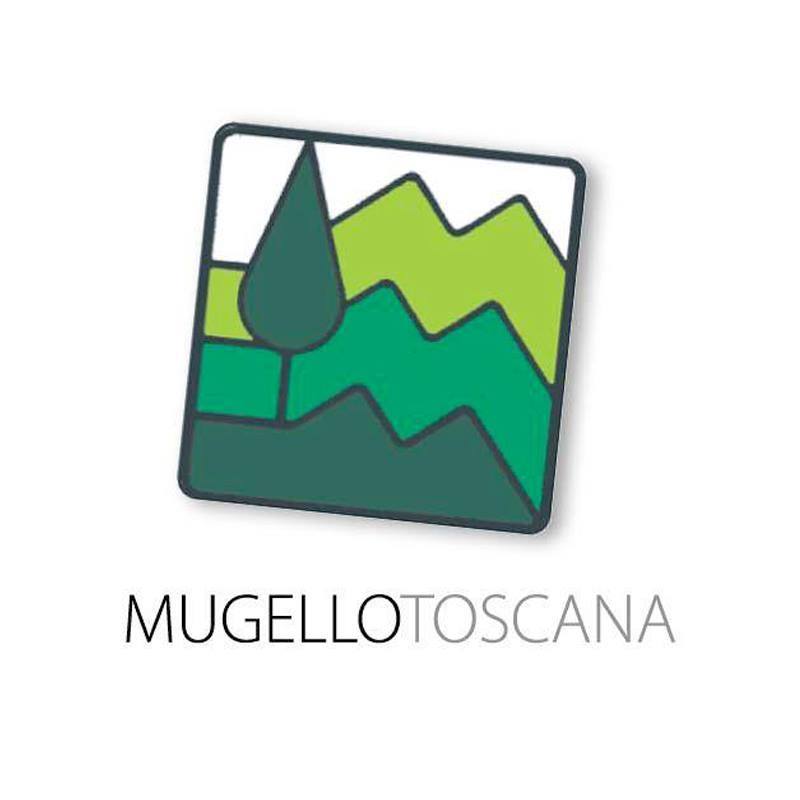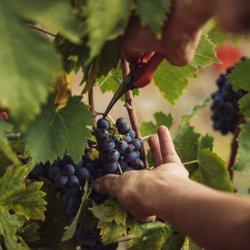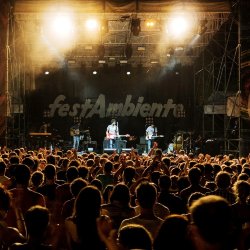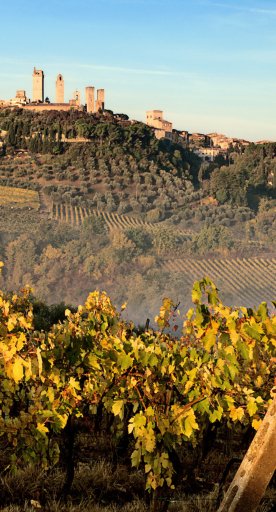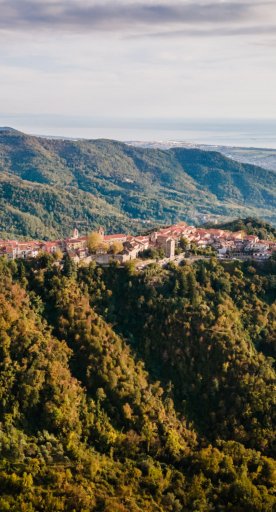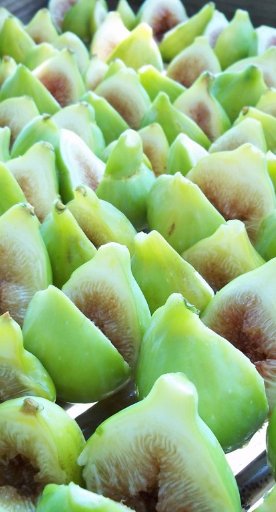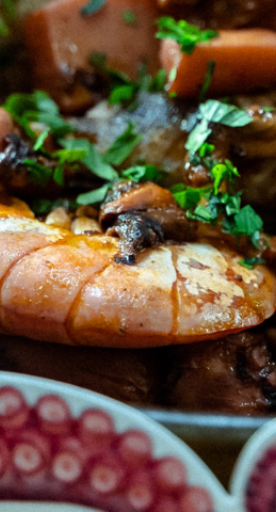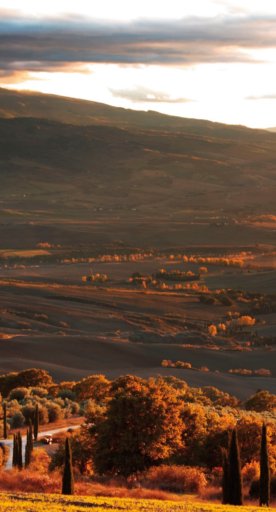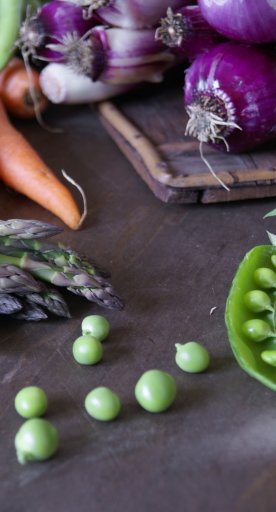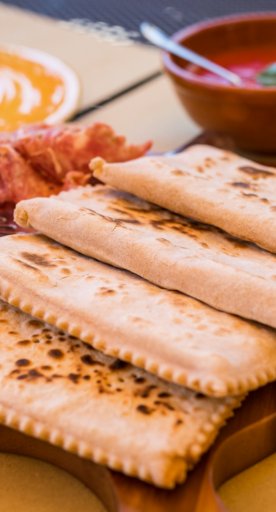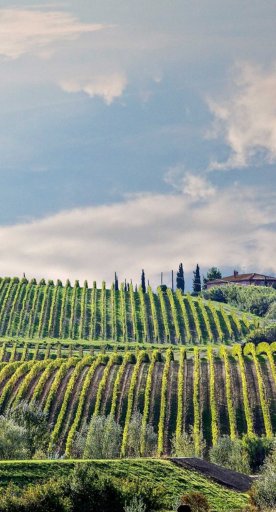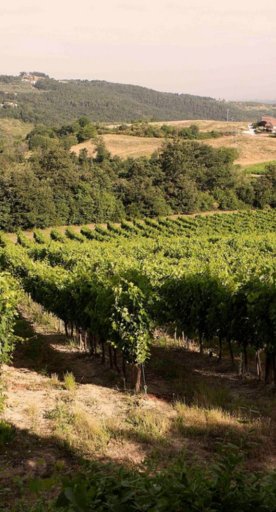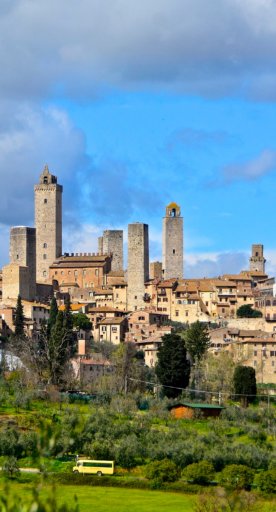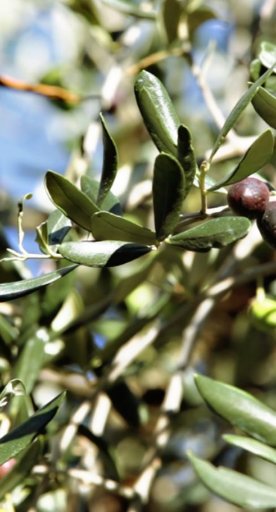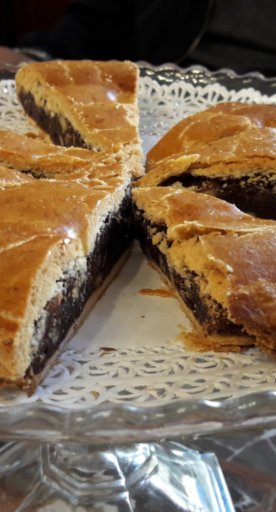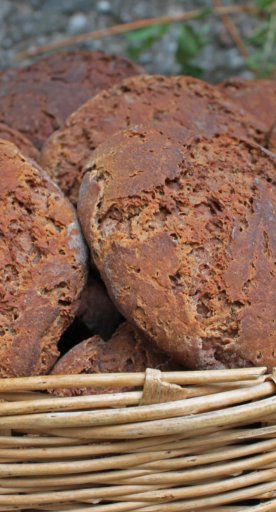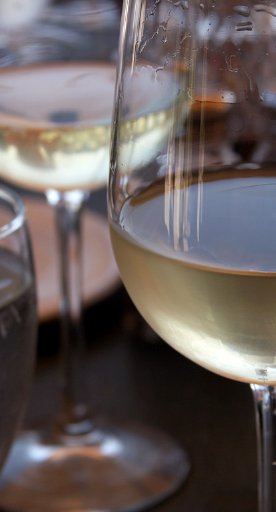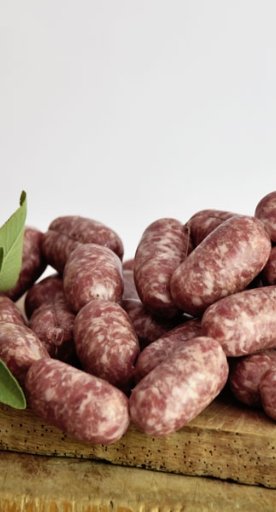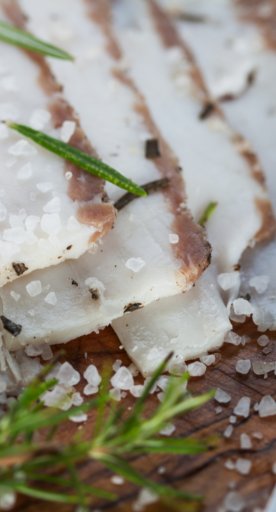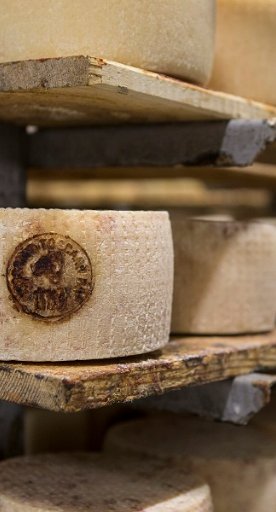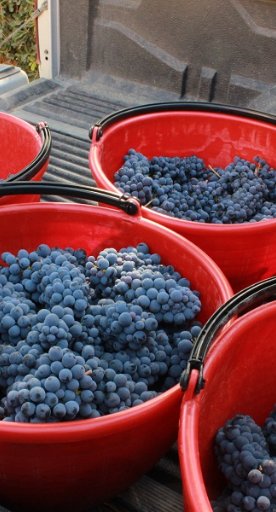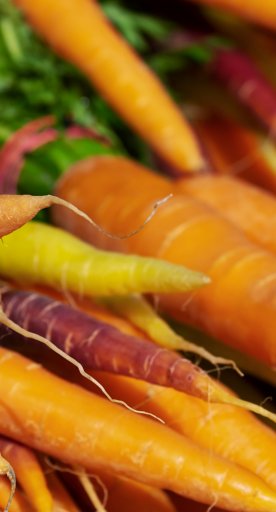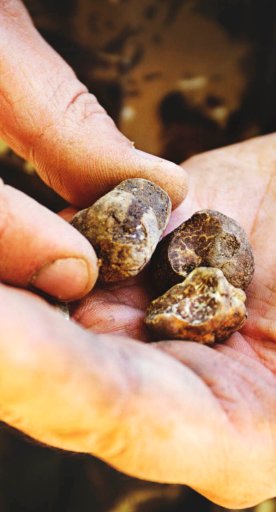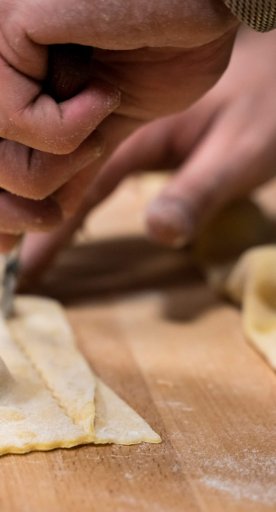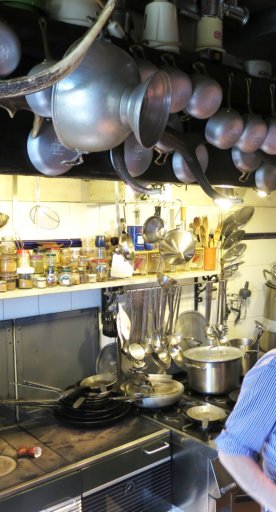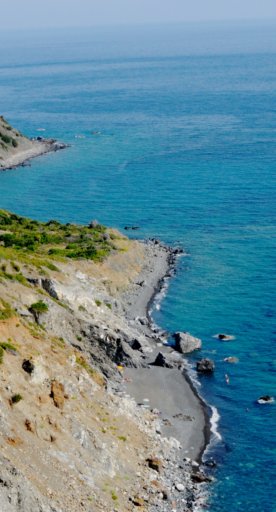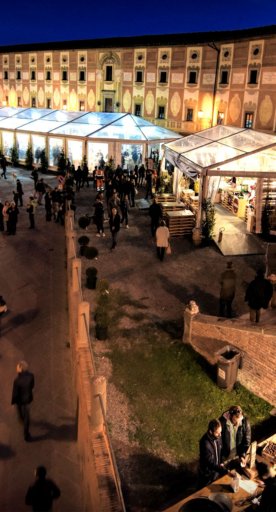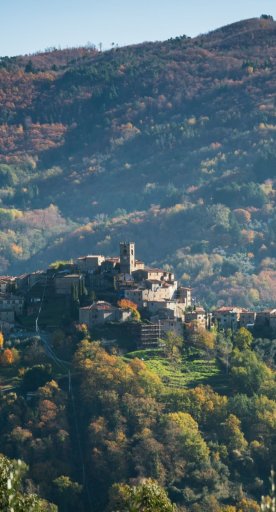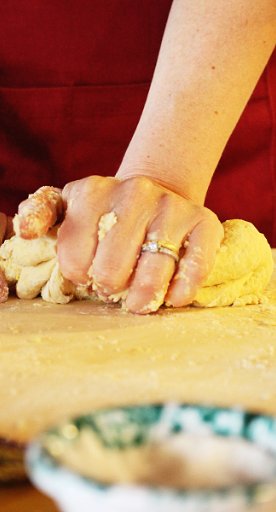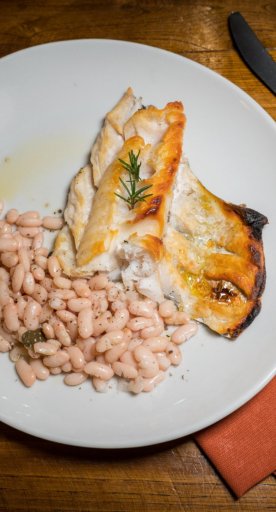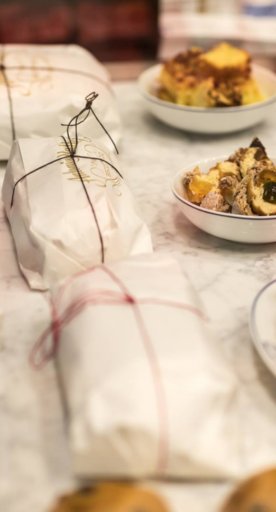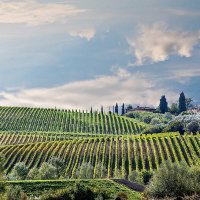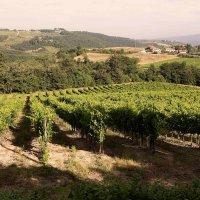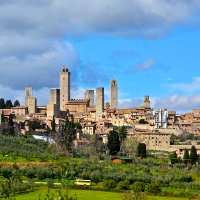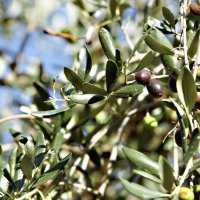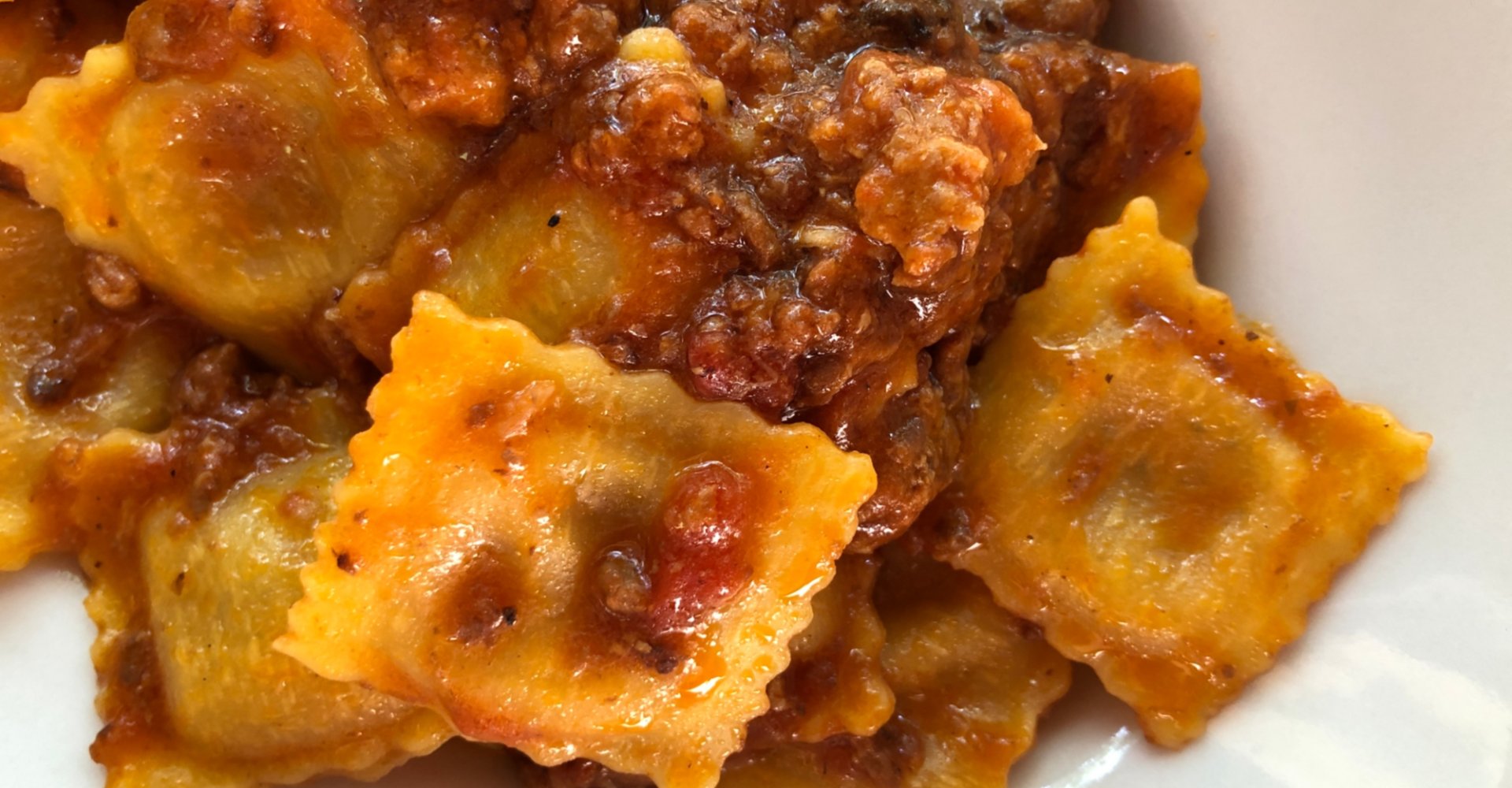

5 traditional recipes from Mugello
Bring to the table genuine and authentic flavors, from appetizers to desserts
The centuries old gastronomic and hospitality tradition in Mugello dates back to the Middle Ages, when many travelers crossed these lands, finding refreshment while journeying through the Apennines. After 1300, Mugello experienced a period of rapid development as a rural area of the Florentine Republic. The memorialist Morelli (1371-1444), a native of these lands, gives this description of the beauties and products of Mugello in his 14th-century Chronicle:
On the plains of the Mugello are to be seen the best and most fruitful of orchards of the County, where the harvest is made twice or thrice a year, and always in abundance!
And I learned that on the rich lands of these hillsides there is wheat, fodder, fruit, wine and oil in abundance, and also great quantities of wood and chestnuts and livestock enough to supply a third of Florence.
I learned that great quantities of cheese and lambswool and chickens come from the Mugello and that there are other fowl and game in great abundance.
Of these traditions, the genuine and authentic flavors of home cooking made of local seasonal ingredients have remained, as demonstrated by these 5 recipes, perfect for a family lunch.
-
1.Black cabbage crostoni
-
2.Farinata con le leghe
-
3.Tortelli di patate
-
4.Bistecca alla fiorentina
-
5.Torta di marroni
Black cabbage crostoni
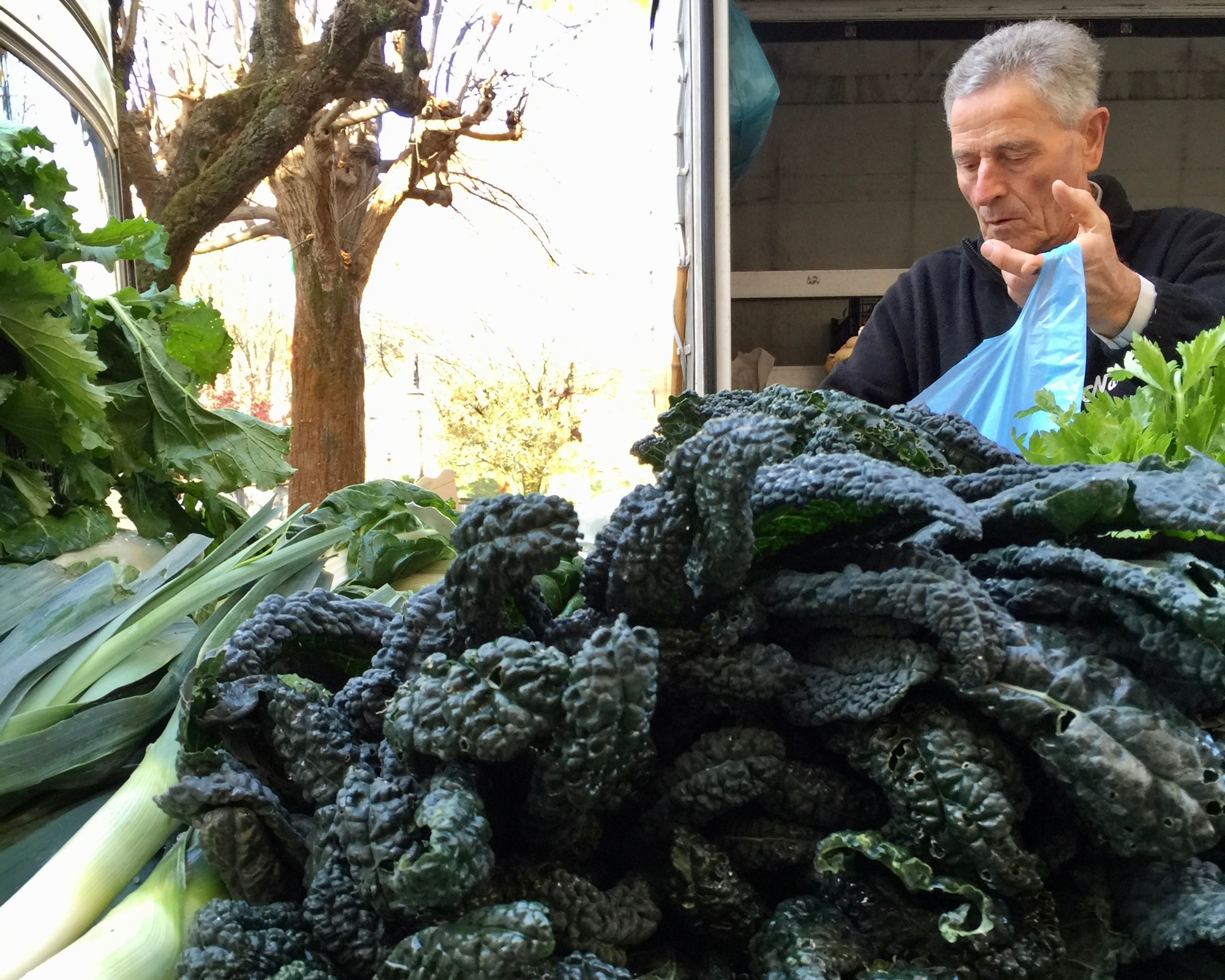
A very simple recipe, perfect as a starter for the lunch. The main ingredient is black cabbage, a typical product of winter vegetable gardens in Tuscany.
Rinse the black cabbage leaves and boil them in plenty of water, draining when ready. Roast two slices of Tuscan bread, rub with a little garlic, and wet the slice with a little water from the cabbage. Place the cooked shredded black cabbage on the bread, season with extra-virgin olive oil, salt, and pepper to taste.
Farinata con le leghe
Farinata con le leghe is a typical first course that comes from farmers' recipe book. It’s a very tasty soup made with beans, stone ground yellow flour, leek and, first of all, black cabbage. "Leghe" are in fact the strips of this vegetable, a must in any Tuscan garden.
Tortelli di patate
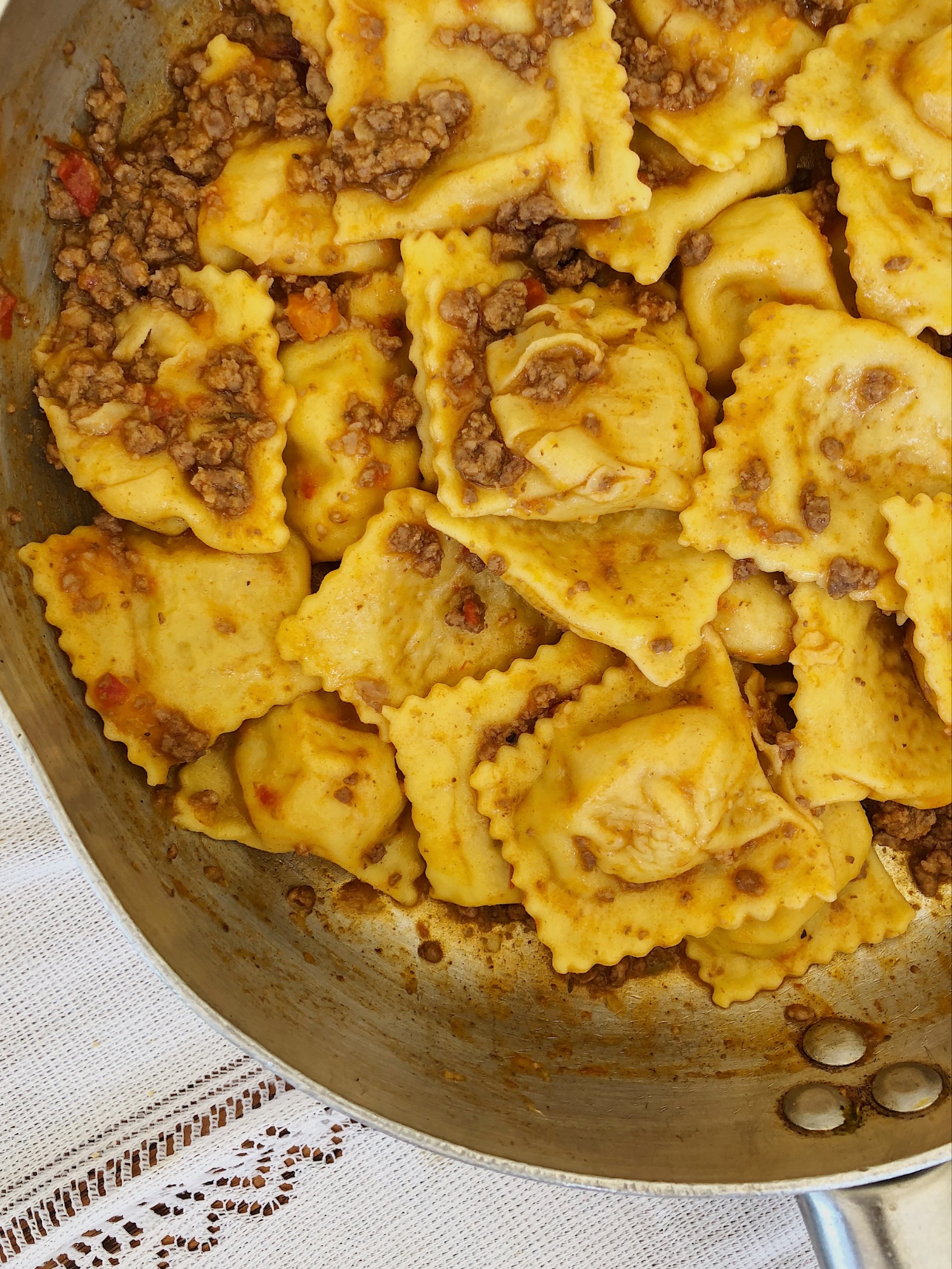
You’ll find a recipe for potato tortelli in every recipe book in Mugello and each family has its own: there are those who put a little tomato in the dough, some make it with meat sauce, others just put potatoes. And even the size is not always the same: there are those who make them very large with lots of filling, and those who prefer bitesize pieces. There are many variations of this typical dish that has become the symbol of Mugello.
Tortelli di patate from Mugello are generally served with ragù made with wild boar, duck, or mushrooms, but they also go well with truffles.
Bistecca alla fiorentina
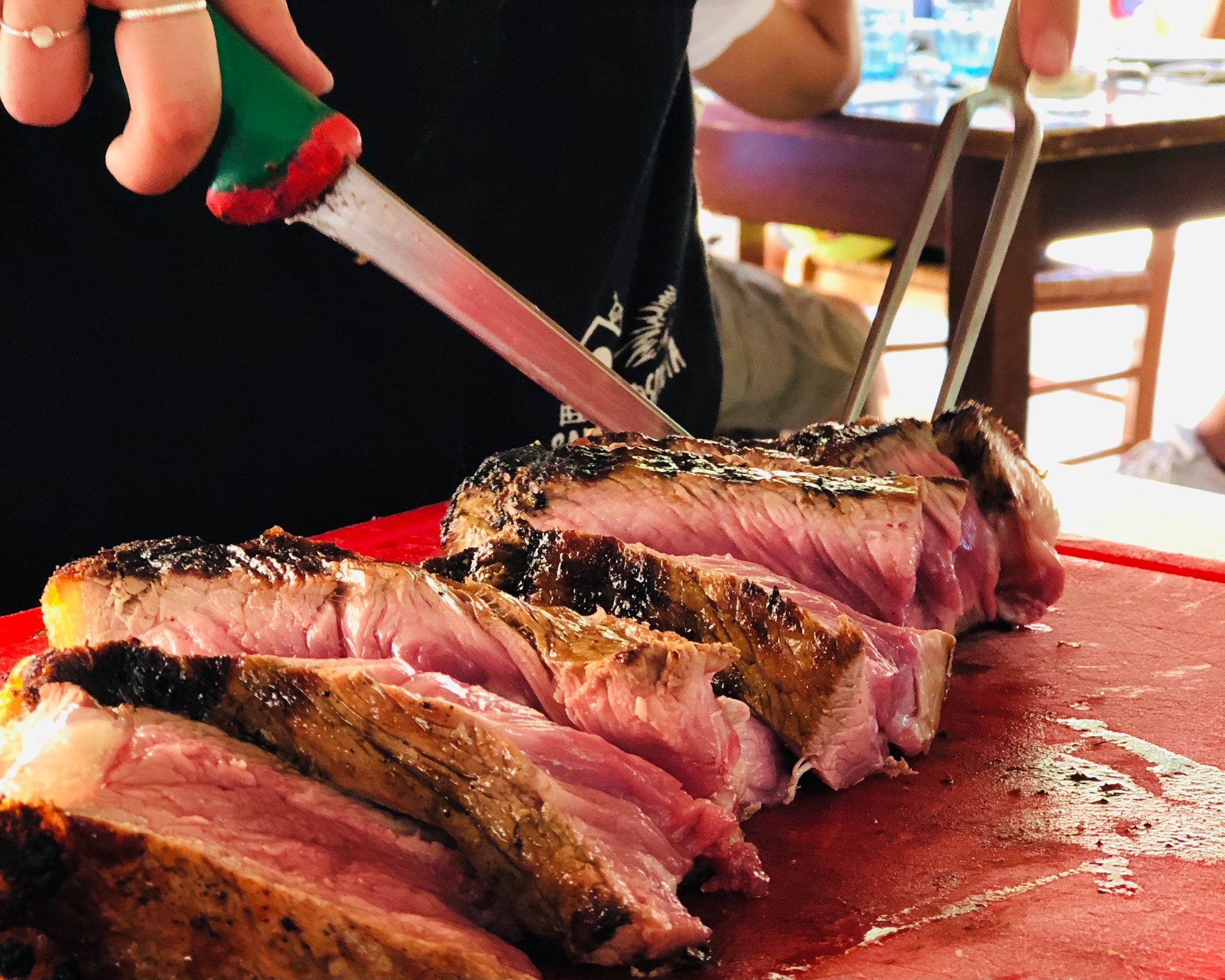
Mugello used to be the farm of the Medici family and it's still renowned for the authenticity of its products, where there are many farms engaged in meat production. The meat of Mugello is renowned given the breeds that adapt very well to the enviornment such as the Limousine, Charolaise, Chianina, Calvana and Romagnola. There are two different types of breeding farms, organic, which abides by strict regulations, and the conventional one. In any case, all animals are fed plants and vegetables exclusively and are raised in suitable conditions in full respect of animal welfare. Pure-bred calves are slaughtered before they are 24 months of age.
One of the most popular meat dishes is most definitely bistecca alla Fiorentina (Florentine steak), that must be strictly eaten rare.
Torta di marroni
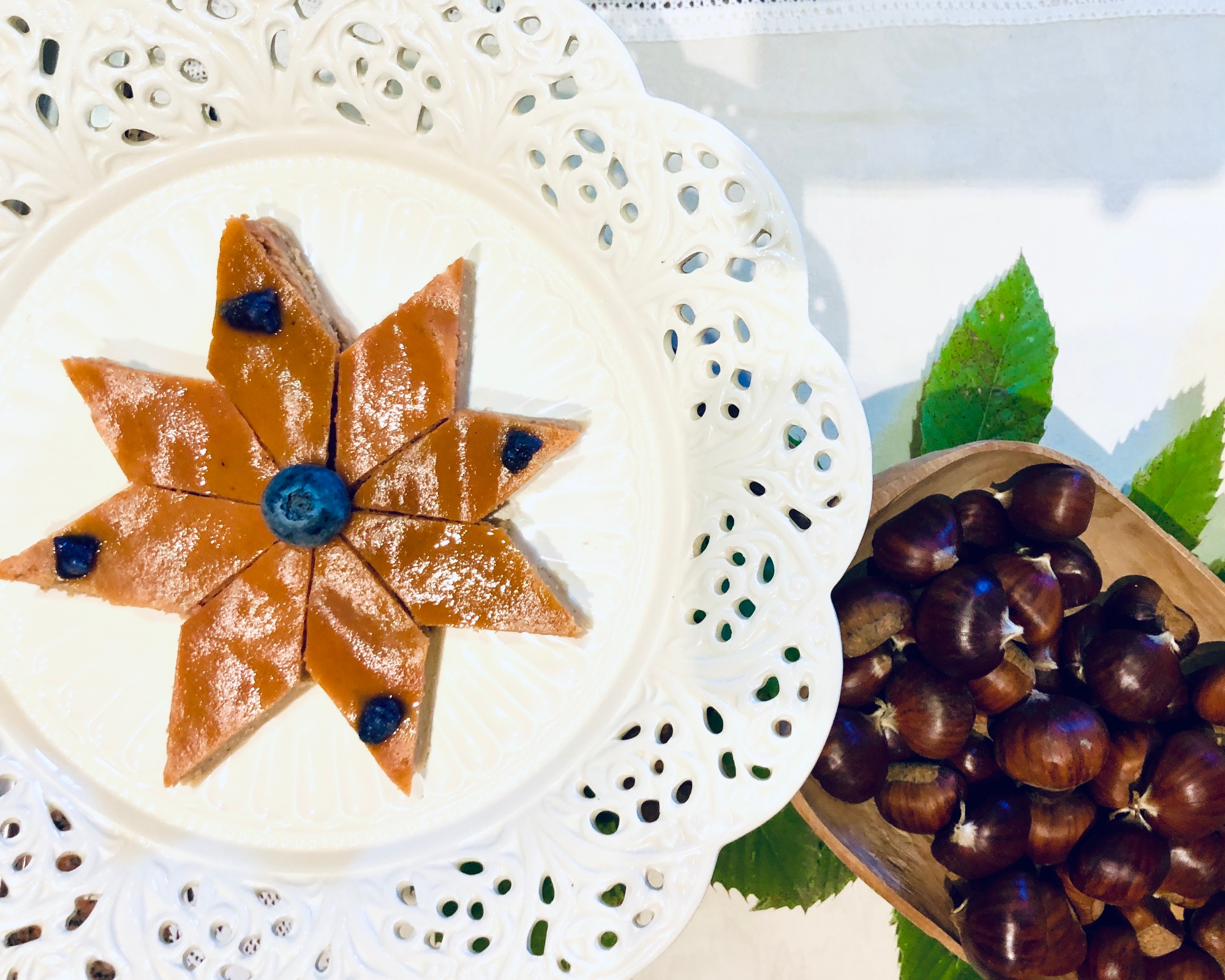
On special occasions, you can't miss out on chestnut cake - torta di marroni - a traditional recipe typical of Marradi, but not only. The basis of this specialty is the use of whole chestnuts (marroni), typical autumn fruits and an important source of food and income for the local populations. It's a somewhat laborious recipe but the result is amazing.
